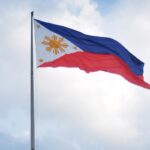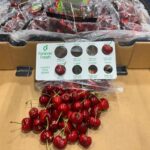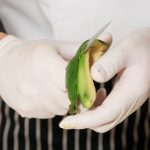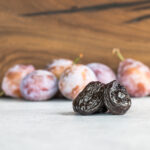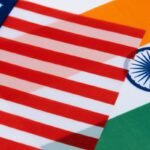U.S.: genetic bank looks to future of honey bees

Scientists from Washington State University are preparing the world's first genetic repository for honey bee semen selected from colonies in the United States and Europe. Researchers hope to use the bank for breeding and the creation of more diverse, resistant subspecies that could cope with colony collapse disorder.
subspecies that could cope with colony collapse disorder.
Professor Walter Sheppard explained to www.freshfruitportal.com that technology has recently allowed scientists to cryopreserve the honey bee semen. Partnered with a program to resample germplasm from original populations, the development has given the university the motivation and tools to create the bank.
"We have many scientific colleagues in Europe and in the U.S. that have contributed to the successful importation and utilization of novel honey bee germplasm as we move toward a functional repository," he said.
"These include scientists at the USDA-Agricultural Research Service bee lab, the USDA-Animal Plant Health Inspection Service and scientific collaborators in Georgia, Turkey, Italy, France, Slovenia and Germany."
As explained by WSU News, the program collects semen from the best bees in Europe and injects it into queen bees in the United States to diversify colonies.
"The three primary subspecies that were sampled in historical times and then found favor with North American beekeepers were originally from natural ranges within Europe. These are the subspecies that our permit allows us to sample and use for breeding purposes in the U.S.," Sheppard said.
The entomology director explained that the genetic origin of honeybees has meant limitations for foreign populations.
"South America is not within the native range of honey bees, and has gone through the same 'genetic bottleneck' that we in the U.S. and in Australia have faced. To obtain 'original source material', Europe is the location we need," he said.
"The honey bees of Africa - there are about 12 subspecies - have been previously sampled and some importations were made. However, the African subspecies never found 'favor' with U.S. beekeepers to be widely used – and our permit currently excludes further sampling from Africa."
Across Europe, Asia and Africa, Sheppard explained there are 27 types of native honey bees. The primary commercial bees in the U.S. are the Italian honey bee and the Carniolan honey bee from the Alps.
To extract semen from the bees, the scientists apply pressure to the abdomen of a mature drone to expose its endophallus and then remove the substance with a glass capillary tip using the aid of a microscope.
The researchers then use liquid nitrogen to extend the conservation period, which can maintain the sperm for decades and potentially save an endangered species. At room temperature, the genetic material is preserved for 10 to 14 days.
"We feel that given the long history of limited honey bee importations - honey bee importation to the US has been restricted since 1922 - that our importation and utilization of additional honey bee germplasm for breeding purposes is a very useful tool," Sheppard said.
Photo: Carniolan honey bee, John Severns via Wikimedia Commons
















